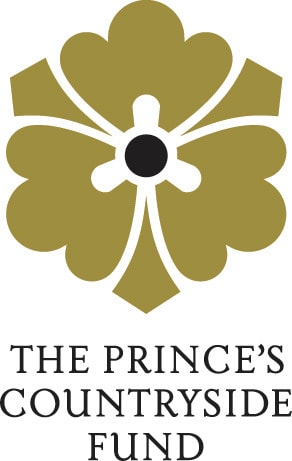The sight of lambs in the fields is a welcome sign of spring, but British farmers are working all year round to get to this stage.
Tupping
Ewes and rams (female and male sheep) mate in a process called tupping in the autumn time. Ewes are only in season once per year so there is a short time period for them to fall pregnant. Ultimately this is the reason that lambs being born is linked with spring and Easter time.
Scanning
Like humans, ewes are scanned to find out how many lambs they are carrying. The ideal number differs depending on the type of farm. Hill farms prefer ewes to have just one lamb, while sheep in the lowland strive to have twins. It’s not uncommon for ewes to have triplets, quads, or even quintuplets.
Lambing
Lambs are born around 145 days after the ewe falls pregnant. Lambing can start as early as December and go on to as late as June.
Lambing can take place indoors or outdoors. Often first-time mums will be brought inside so farmers can give them a hand if needs be. This means that during lambing a farmer will be on hand all through the day and night.
Once the lamb is born, it’s important its gets up on its feet quickly and latches to the ewe’s teat to get the colostrum (first milk) which is packed with nutrients and antibodies.
Adopting
Unfortunately, lambing is a difficult time and not all ewes and lambs will survive, even in the best circumstances. Farmers will pair up orphan lambs with other ewes for adoption. This happens when the mother is unable to look after one of its lambs due to a multiple birth (triplets or quads), or if the ewe dies.
Wet adoption is where the birthing fluid from a new born lamb is transferred to the adoptive lamb so the ewe thinks it is her own. Dry adoption happens when a lamb has died. Skin is taken from the dead lamb and tied to the orphan so the adoptive mother will recognise the scent and take it as her own.
Once the farmer is happy that the lamb is feeding well they’ll go out into the field which can be like a crèche with lots of other ewes and lambs. The ewes can graze on the fresh grass which helps them produce lots of milk for their growing lamb(s).
With so many lambs being born on farm, how does the farmer keep track of who belongs to who? With a can of spray paint believe it or not! The ewe and her offspring will be sprayed with a number for identification purposes.
Weaning
Lambs are fitted with identification ear tags which will stay on for the rest of their life. The lambs are normally weaned from their mothers between 2-4months old when they will either go on to be breeding sheep (ewes or rams), or they’ll be reared for meat. The ewes then have a few months to get into top condition, ready for Autumn tupping when the process starts all over again.
















